Guitar World Verdict
Two highly versatile – and affordable for their build – acoustics that will appeal to a wide range of players. Underestimate Cort at your peril.
Pros
- +
The Flow OC is packed with player-friendly features, and it's affordable, with easy playability and good sound.
- +
The Gold-A6 Bocote is similarly decked out with thoughtful features, loud ’n’ proud sound. The bocote adds to the general aesthetic.
Cons
- -
Shock of a different tone wood may deter traditionalists from the Gold-A6.
You can trust Guitar World
Regular readers will have spotted the Cort name cropping up quite frequently with its well-received electric guitars. But as you also may already know, the huge manufacturing machine behind the brand, Cor-Tek, also builds guitars for some of the world’s leading brands, not least PRS’s electrics (in Indonesia) and its acoustics and hollowbodies in China, as well as Manson’s start-up models and many, many more.
Our two new models are representative of Cort’s own extensive acoustic range – we counted 14 different series on the company’s website, many of which have a number of different instruments on offer, adding up to a considerable list.
Aside from being new 2022, all-solid wood models, there’s no theme linking the duo before us; both these guitars are standalone models and so we will be looking at them individually, and the Flow-OC seems a good place to start.
The OC is an OM-sized cutaway, fitted with an LR Baggs Anthem pickup for live use. It’s a good-looker, with considerable kerb appeal fresh out of the box. A closer look reveals a cedar top with mahogany back and sides, which is, of course, a fairly standard combo in acoustic guitars.
Cedar is a favourite among fingerstylists. It’s slightly more sedate than spruce, with a seductive warm tone, and doesn’t really demonstrate a settling in or ‘opening up’ period. It will mature over the course of time, but won’t change quite as much in tonal character as the various forms of spruce. Mahogany is part of royalty when it comes to guitar woods, bringing sweet highs, a punchy midrange and good rounded bass to the table.
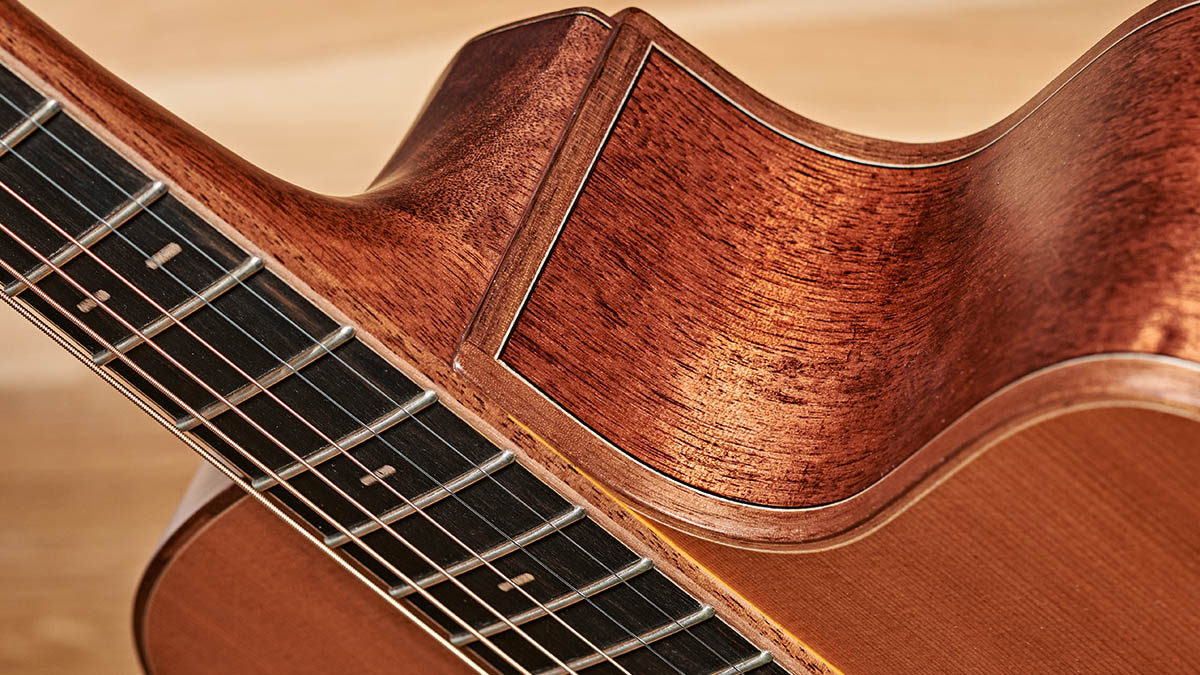
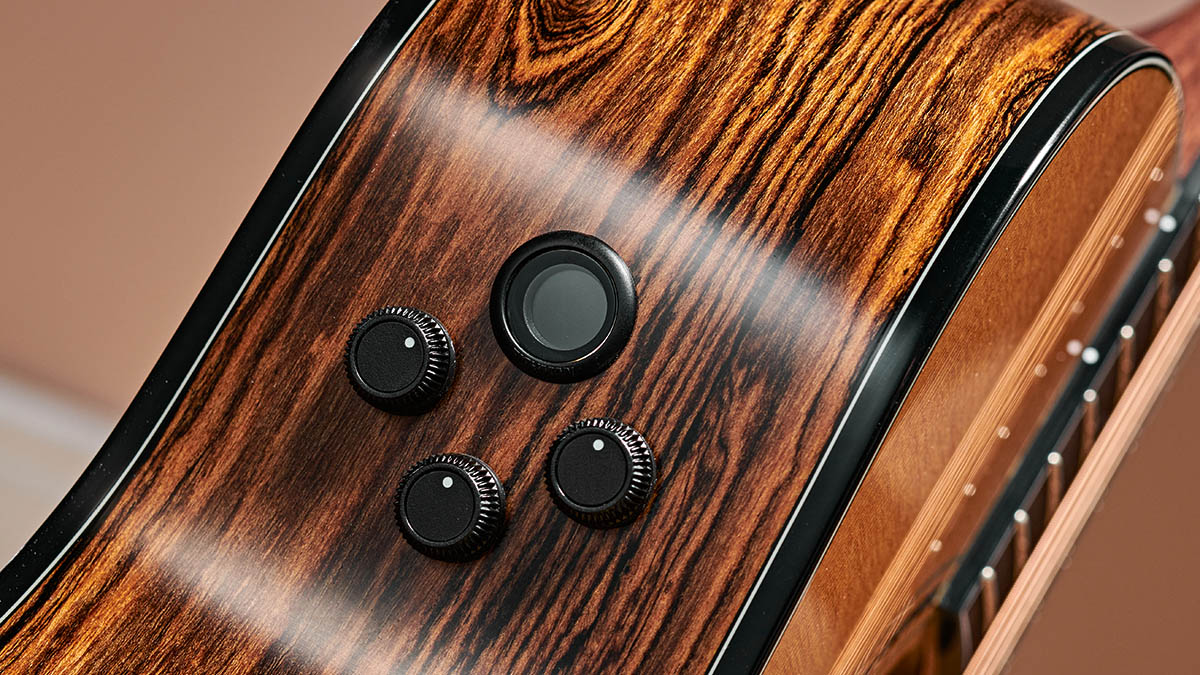
So far so good, but it’s in the profiling of the mahogany neck that we meet one of Cort’s innovative features. If you cast your mind back to when Ernie Ball Music Man first introduced their Eddie Van Halen electric way back in the 1990s, you might remember that Eddie wanted the neck profile to feel ‘worn in’.
To this end, his signature guitar’s neck was asymmetrical – there was almost an aircraft wing feel to it, with less roundedness on the treble side than on the bass. It’s a similar idea with Cort’s Ergo-A profiling, but the asymmetry changes as you proceed up the neck.
This is a similar concept to compound radiusing where a fretboard’s camber changes between the lower and upper parts of the ’board to facilitate easier bending. Only here, we’re talking about the other side of the neck. Science aside, we’ll see what difference this makes when we get a little more hands-on with the guitar, a bit later.
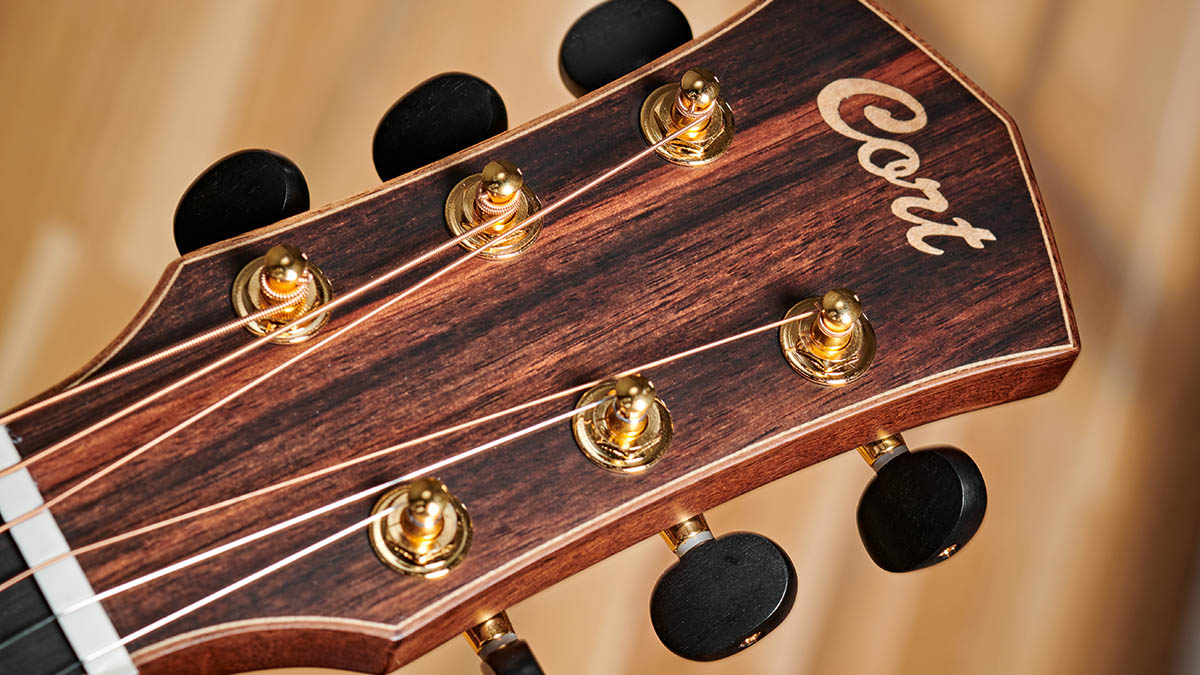
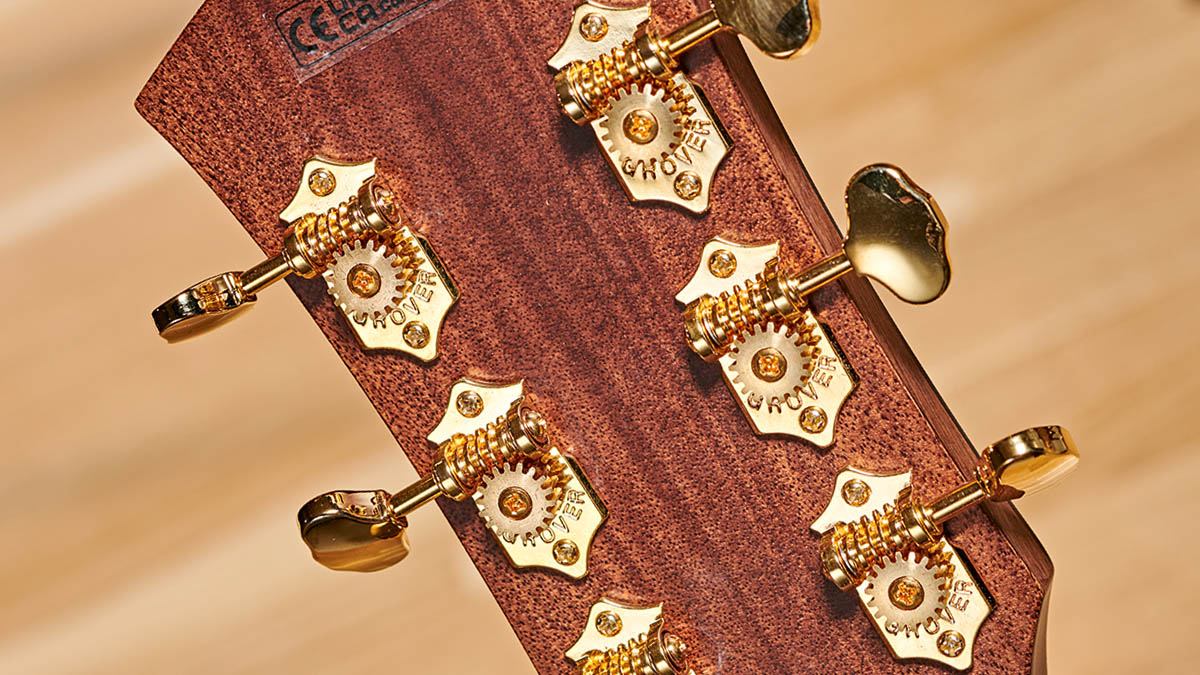
There’s an ebony fretboard with hand-rolled edges – another feature that gives the fretting hand a more comfortable ride and makes the fretboard feel like it’s already seen some action. Ebony is used for the Flow-OC’s bridge, string pins and tuning buttons, while maple and walnut make up the subtle rosette.
Walnut makes another cameo appearance as part of the neck reinforcement. Invisible to the eye, two strips of the wood lay either side of the truss rod. Another nice detail.
Turning to the OC’s partner in crime, the Auditorium-shaped Gold-A6 is another good looker. One feature that hits us immediately is the highly figured back and sides – unusual at the instrument’s sub-£1k price ticket. The choice of timber is off the beaten path, too, as this is bocote, a wood found in Central America and North Amazon and from the same family as ziricote.
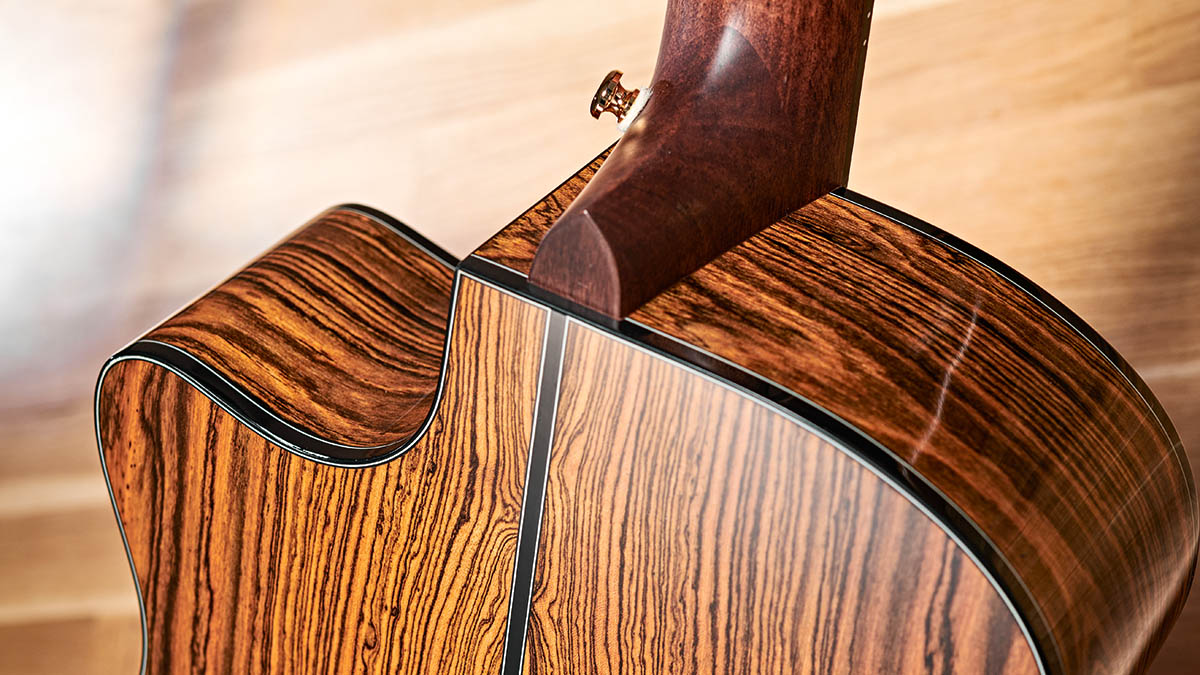
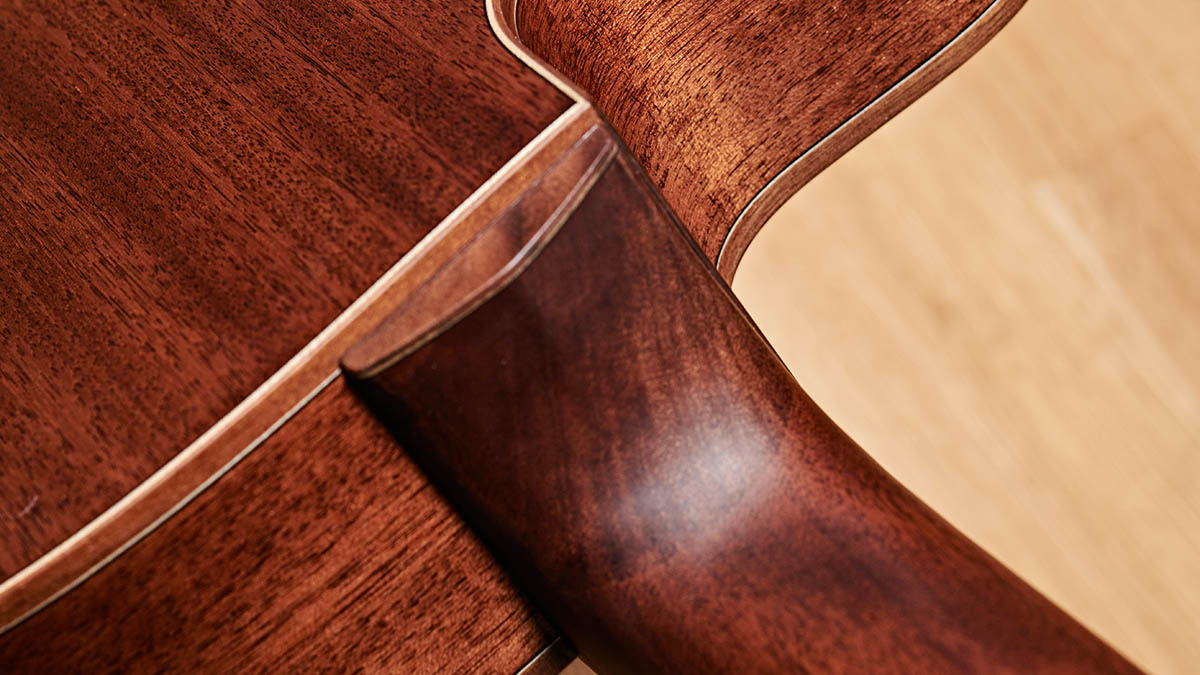
Its use as a timber in guitar-making is relatively new, and a little bit of research on our part reveals bocote has a tap tone similar to rosewood and shares some of the tonal characteristics with that wood, too.
Big basses, loads of power and good sustain is the general consensus. There’s even a hint of similarity in tonal response to African blackwood – another highly sought after timber, revered for its tonal fingerprint.
The bocote has been paired with a torrefied Sitka spruce top, labelled by Cort as ‘Aged To Vintage’ (or ATV if acronyms are your thing). We’re very familiar with the effects that heat treatment can bring to the sound picture of acoustic guitars, advancing as it does the opening-up period to produce a more played-in tone.
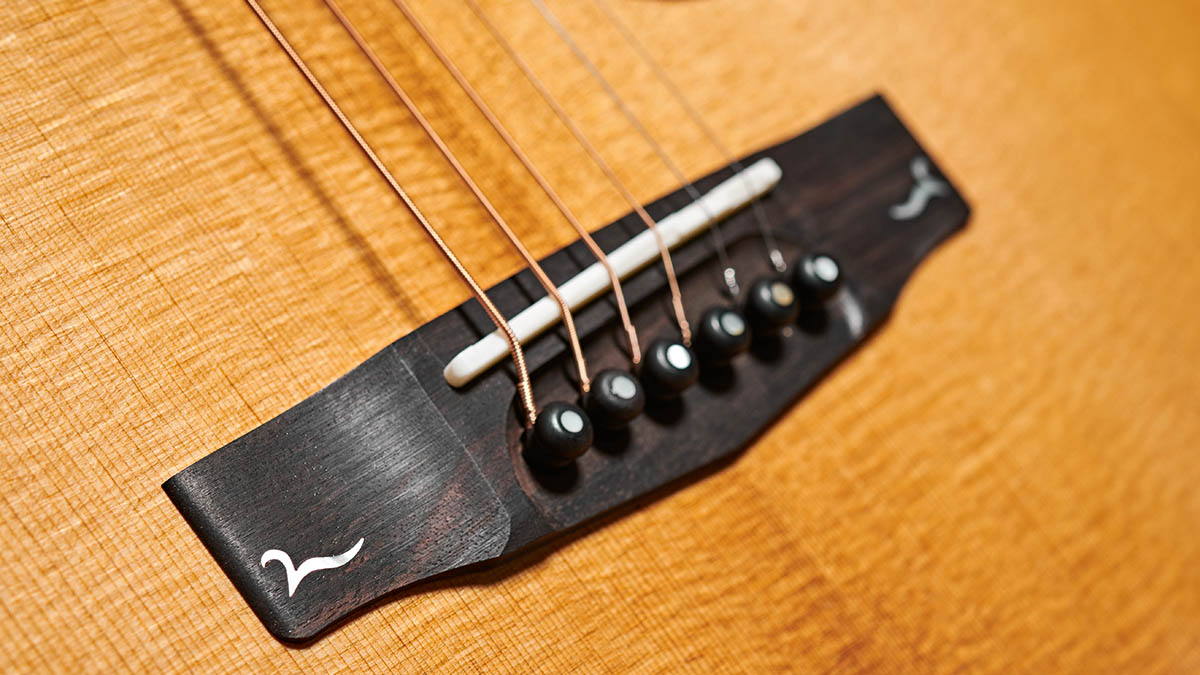

The top has also been treated with a very thin UV finish, which allows the wood to breathe and vibrate more freely. Obviously a lot of thought has gone into producing a guitar with great tonal potential here and we’re looking forward to hearing it sing.
Meanwhile, the rest of the construction details are a mahogany neck – again reinforced by strips of walnut inside – an ebony ’board with rolled edges and a C-neck profile, symmetrical this time.
The Gold-A6’s stage-readiness is embodied in the Fishman Flex Blend, which combines an under-saddle pickup with a microphone located inside the soundhole. Aside from the usual volume and tone controls, the Flex Blend also comes equipped with a tuner, phase control and blend rotary.

Feel & Sounds
Returning to the Flow-OC, its OM body immediately welcomes us. It’s probably the default choice of fingerpickers – more manageable than a dreadnought and more projection than a parlour.
It sits in that Goldilocks region: not too big, not too small. We can feel the asymmetrical neck immediately, but it only takes moments before we’re comfortable with it and forget it’s there.
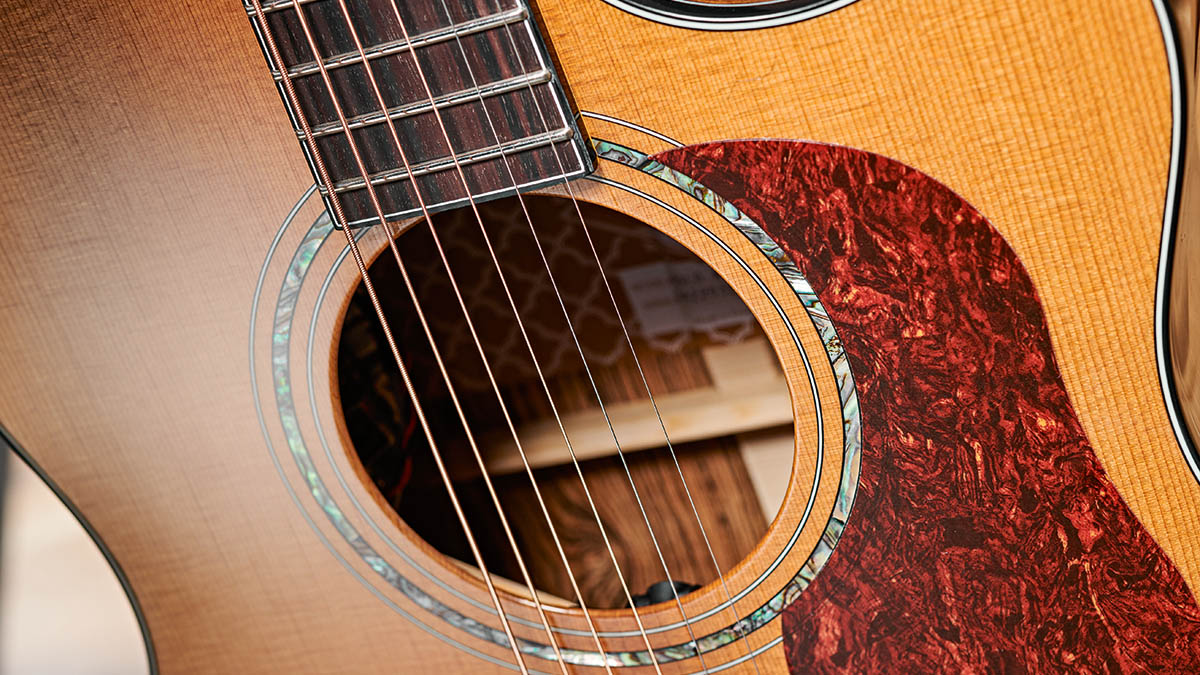
Sound-wise, the balance between the three main tonal areas – basses, mids and trebles – is very good indeed, with no noticeable troughs or peaks in frequency. It’s an easy guitar to play; passing it around the office gained nods of approval from all concerned – we were charmed, let’s put it that way.
Switching to the Gold A-6, the bocote and spruce pairing – not to mention the slightly larger Auditorium body size – results in more volume than from the Flow-OC. It’s a big sound, packed with sustain and a good range of harmonics, completely different to its OM counterpart, but not in a bad way. If we were to compare the output of the two, we would say that the OM is polite, demure and generally well-behaved, the Gold-A6 is lively, extroverted and boisterous.
Both were subject to a similar workout – a bit of blues picking, some chordal strumming and a little melodic fingerstyle – and both had all boxes ticked. Their different pickups, the OM’s LR Baggs and A6’s Fishman, were easy to dial in and gave a good account of the acoustic nature of the individual guitars.

Verdict
As mentioned, we’ve been knocked for six by the guitars (and amp) we’ve recently seen bearing the Cort name, and these two acoustics are definitely an extra feather in an already festooned cap.
If we were asked to do such a thing, it would be difficult to choose between the two, as they both multitask in their own way. In other words, they might display different tonal attributes, but both are equally able – they just handle things slightly differently.
If pressed, we’d probably choose the Flow-OC but that would be down to personal preference in body size. If you’re in the market for an acoustic guitar that might break your heart (without breaking the bank), don’t overlook the Cort brand. You might be surprised at what you find.
Specs
Cort Flow-OC
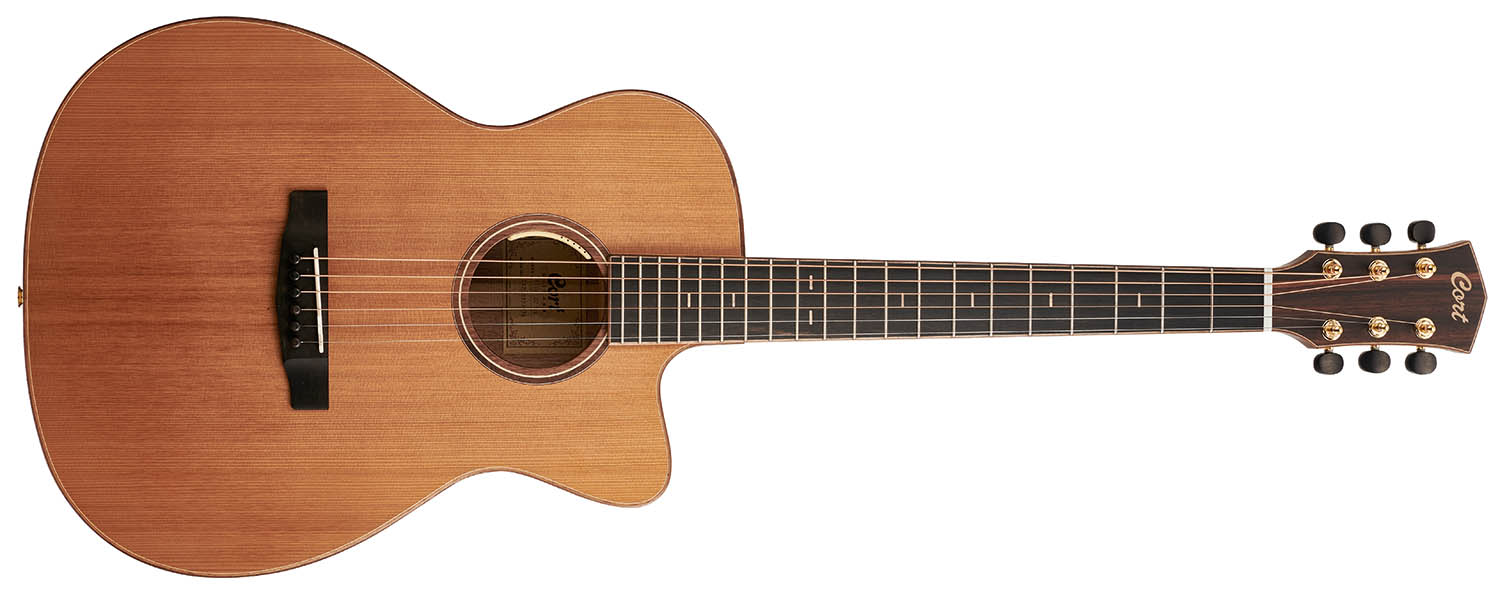
- PRICE: $1,599 / £1,149 (inc soft case)
- ORIGIN: China
- TYPE: OM Cutaway electro-acoustic
- TOP: Cedar
- BACK/SIDES: Mahogany
- MAX RIM DEPTH: 105mm
- MAX BODY DEPTH: 382mm
- NECK: Mahogany with walnut reinforcement
- SCALE LENGTH: 648mm (25.5”)
- TUNERS: Gold die-cast with ebony buttons
- NUT/WIDTH: Graph Tech Tusq/45mm
- FINGERBOARD: Ebony
- FRETS: 20
- BRIDGE/SPACING: Ebony with Tusq compensated saddle/58mm
- ELECTRICS: LR Baggs Anthem
- WEIGHT (lb/kg): 3.22/1.46
- OPTIONS: None
- RANGE OPTIONS: This model is the only Cort Flow Series instrument so far. The company has an array of different acoustics – including the Core and Earth ranges – which feature many different body designs and wood choices. See website for more details
- LEFT-HANDERS: No
- FINISH: Natural satin
Specs
Cort Gold-A6 Bocote
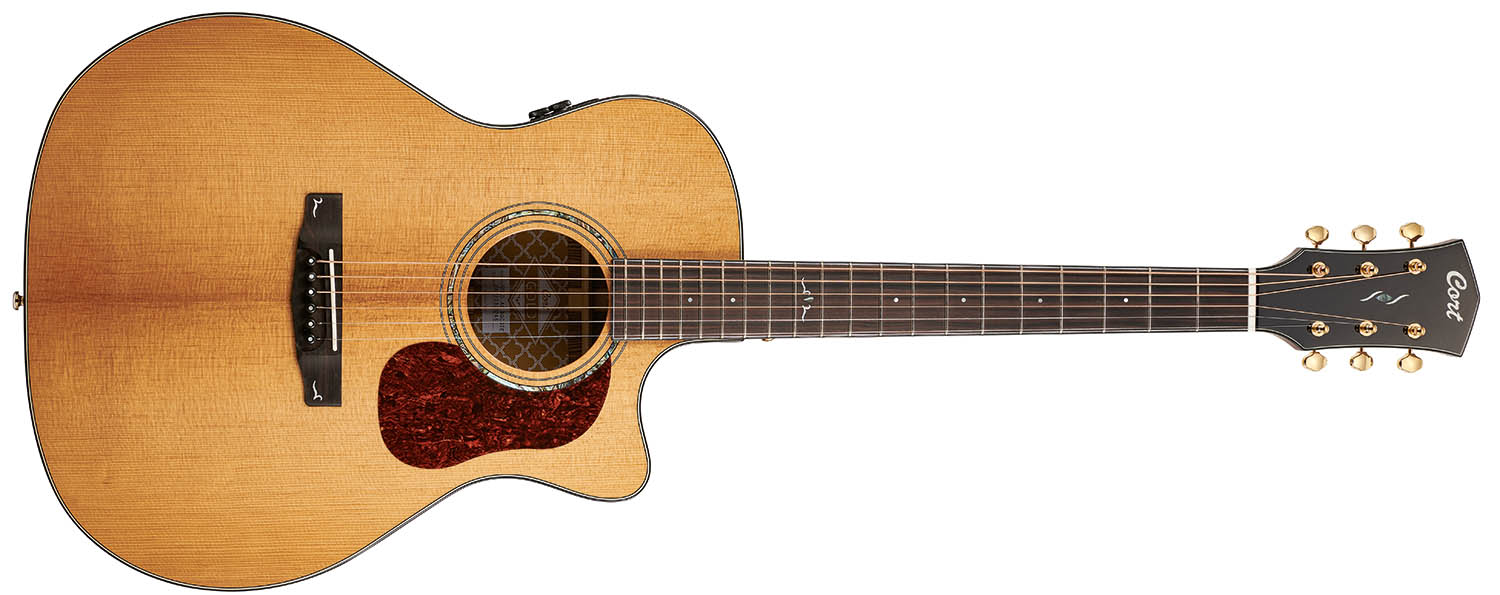
- PRICE: $1,199 / £959 (inc soft case)
- ORIGIN: China
- TYPE: Auditorium Cutaway electro-acoustic
- TOP: Sitka spruce
- BACK/SIDES: Bocote
- MAX RIM DEPTH: 117mm
- MAX BODY DEPTH: 405mm
- NECK: Mahogany with walnut reinforcement
- SCALE LENGTH: 643mm (25.3”)
- TUNERS: Vintage gold
- NUT/WIDTH: Bone/44.5mm
- FINGERBOARD: Macassar ebony
- FRETS: 20
- BRIDGE/SPACING: Ebony with bone saddle/54.5mm
- ELECTRICS: Fishman Flex Blend System
- WEIGHT (lb/kg): 4.04/1.83
- OPTIONS: The Gold AC is available with mahogany back and sides (£779)
- RANGE OPTIONS: The 10-strong Gold Range includes the OC-6 Bocote (£959) and the auditorium size Gold-Edge (£1,499), with myrtlewood back and sides and comfort bevels.
- LEFT-HANDERS: No
- FINISH: Natural glossy
- CONTACT: Cort
With over 30 years’ experience writing for guitar magazines, including at one time occupying the role of editor for Guitarist and Guitar Techniques, David is also the best-selling author of a number of guitar books for Sanctuary Publishing, Music Sales, Mel Bay and Hal Leonard. As a player he has performed with blues sax legend Dick Heckstall-Smith, played rock ’n’ roll in Marty Wilde’s band, duetted with Martin Taylor and taken part in charity gigs backing Gary Moore, Bernie Marsden and Robbie McIntosh, among others. An avid composer of acoustic guitar instrumentals, he has released two acclaimed albums, Nocturnal and Arboretum.
“Among the most sought-after of all rhythm guitars… a power and projection unsurpassed by any other archtop”: Stromberg has made a long-awaited comeback, and we got our hands on its new Master 400 – a holy grail archtop with a price to match
The heaviest acoustic guitar ever made? Two budding builders craft an acoustic entirely from concrete because they “thought the idea was really funny”












